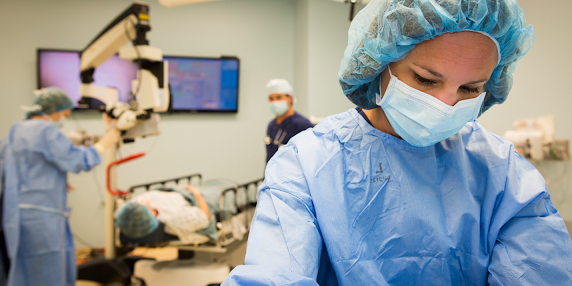Methods and Measurement of Primary, Secondary and Tertiary Healthcare Expenditures in India During 2013–2014 to 2016–2017
Indian Journal of Human Development
Health care is broadly characterised by three types
of health care services—primary, secondary and tertiary (PST) care. Primary
care is the first level of contact with the health system for individuals with
different health care needs. It addresses the key health concerns in the
community by providing promotive, preventive, curative, and rehabilitative
services. It helps reduce morbidity and mortality at lower costs and lessen the
need for secondary and tertiary care. Absence of financial and physical access
and poor-quality services in public sector often led patients to use private
sector, informal care (including pharmacies), or higher-level facilities as the
first point of contact.
National Health Policy (NHP 2017) recommended
comprehensive primary health care on the lines of universal health coverage and
called for two-third or more of health care resources to be spent on primary
care. The Government of India (GOI) in September 2018 announced through the
Ayushman Bharat scheme, comprehensive primary health care to be provided closer
to the communities through 150,000 Health and Wellness Centres to be
operationalised by the year 2022. Secondary and tertiary care services are to
be provided through the Pradhan Mantri Jan Arogya Yojana (PM-JAY) of the
scheme. In this context, knowing and improving the investments flowing into PST
care become imperative.
Investments on PST must be analysed in the overall
context and composition of health spending in India. The total health spending
in India was very low at 3.8% of GDP in 2016–2017 as compared to 6.6% at global
level and 5.3% for low-middle-income countries. Government spending in total
health expenditures was at 32.4% as compared to 60% at global level and 44% for
lower middle-income countries. Private out-of-pocket expenditures (OOPE) share
in total health expenditures, though declined from 64.2% in 2013–2014,
continued to be high at 58.7% in 2016–2017, and was much higher than 39% of
total health spending for low-middle-income countries. Of the total health
expenditures, 92.8% were current health expenditures (CHE) and rest 7.2% were
capital formation by the government.
There is an ongoing debate to define and estimate PST
care expenditures. World Health Organization (WHO) uses health care functions
(which refers to the purpose of activities or services offered) to estimate
current primary care expenditures. India defined PST expenditures in National
Health Accounts (NHA) 2013–2014 and uses the cross classification of functions
and providers to estimate PST care expenditures for government, private and
combined.
The objectives of the paper are (a) to present the
India NHA methodology for defining PST and how it compares with WHO functional
classification for PST (b) analyse the trends of the PST expenditures as shares
of total CHE and compare the results for primary healthcare expenditures in
India with similar estimates in low-middle-income countries; (c) analyse the
trends of PST expenditures by providers and functions for 2014–2015 to
2016–2017; and (d) estimate the government investments required to reach the
policy goals outlined in NHP 2017 and High-level Meeting on Universal Health
Coverage, and suggest areas where the government investments in primary health
care need to be focused.
.

Alright. There are three different levels of the health care system, including primary, secondary and tertiary. On the other hand, tertiary healthcare provides patients with more advanced curative healthcare facilities. I want to learn more information about this topic.
ReplyDeleteMaster’s dissertation help
Magnificent blog! Is your topic uniquely designed or did you download it from some place?
ReplyDeleteA subject like yours with a couple of straightforward tweaks would truly make my blog sparkle.
houston custom suits
The clotting process of blood requires calcium. Natural action may include several phases and need a lot of patience. Concern arises from both the number 20 and a variety of tools. In order for calcium to be absorbed, vitamin D is required. Godwin Austen was linked to foods rich in phosphorus, magnesium, and vitamin C.
ReplyDeleteFor females, calcium is especially crucial. perimenopause and PMS. calcium requirements and its natural resources
• If you eat too much calcium, which can result in excretory organ stones, constipation, gas, bleeding, and bloating, your health may suffer.
Composed of teeth and bones.
Additionally, it promotes vas development and blood flow.
The absence of muscular contraction brought on by the anaemia factor
The result of enzyme activity is the release of hormones.
Getting lighter and your metabolic profile
Administrative tasks such as billing in medical facilities take lots of time and effort. Therefore, it is advisable to adopt various methods through medical billing and coding in California services to make billing less cumbersome. These services manage data inputs to eliminate data entry errors and claim submissions by using technology to automate repetitive tasks, which in turn saves time. Furthermore, they provide comprehensive staff training to ensure the billing process is performed effectively and efficiently.
ReplyDelete